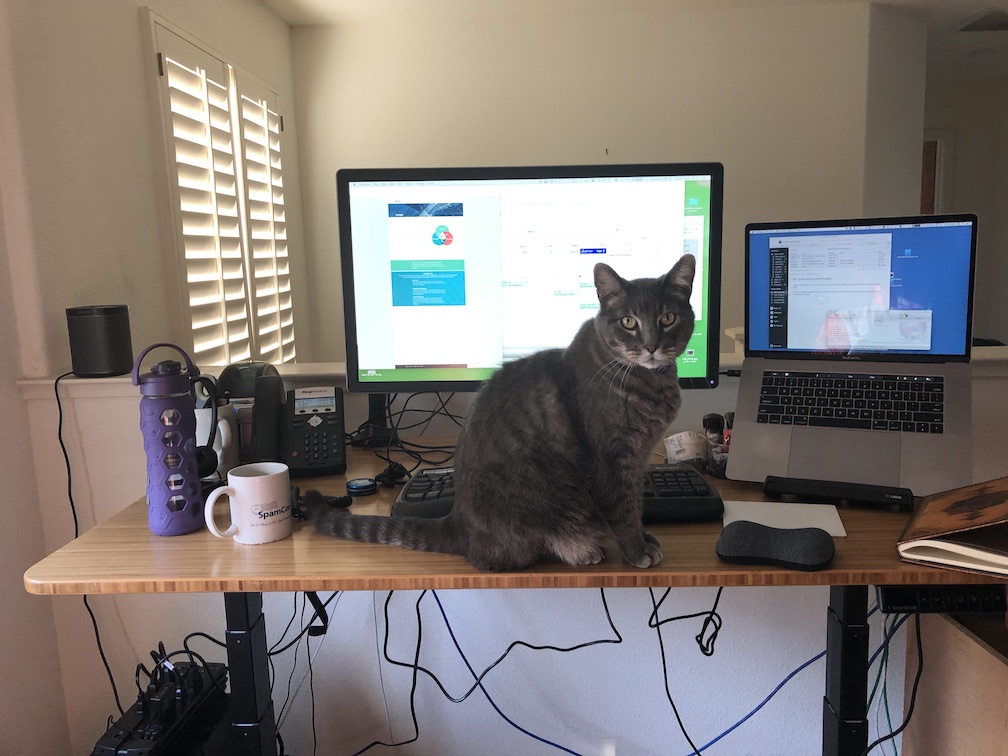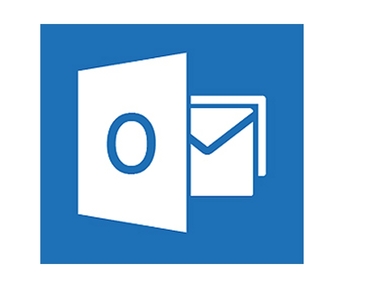October 2017: The Month in Email
October was a busy month. In addition to on boarding multiple new clients, we got new desks, I went to Toronto to see M3AAWG colleagues for a few days, and had oral surgery. Happily, we’re finally getting closer to having the full office setup. 
What is an office without a Grover Cat? (he was so pleased he figured out how to get onto it at standing height).
All of this means that blogging was pretty light this month.
One of the most interesting bits of news this month is that the US National Cybersecurity Assessments & Technical Services Team issued a mandate on web and email security, which Steve reviewed here.
In best practices, I made a brief mention about the importance of using subdomains rather than entirely new domain names in links and emails and even DKIM keys.
We’ve talked about engagement-based filters before, but it’s interesting to note how they’re being used in business environments as well as consumer environments.
We also put together a survey looking at how people use Google Postmaster Tools. The survey is now closed, and I’ll be doing a full analysis over the next couple of weeks, as well as talking about next steps. I did a quick preview of some of the highlights earlier this week.
Finally, a lot of industry news this month: Most notably, Mailchimp has changed its default signup process from double opt-in to single opt-in. This caused quite a bit of sturm und drang from all ends of the industry. And, in fact, a few days later they announced the default double-opt-in would stay in place for .eu senders. I didn’t get a chance to blog about that as it happened. In other news, the Road Runner FBL is permanently shuttered, and Edison Software has acquired Return Path’s Consumer Insight division. Also worth noting: Microsoft is rolling out new mail servers, and you’ll likely see some new — and potentially confusing — error codes.
My October themed photo is behind a cut, for those of you who have problems with spiders.
We also went camping with friends mid-month and had a tarantula wander through the campsite Sunday morning.
We also saw a bald eagle circling over our campsite, but I didn’t have my phone, or camera out so I didn’t get a picture. Likewise, I missed a shot of the fox crossing the road on our way out.

